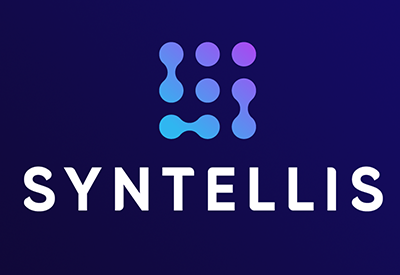State Data Aggregation: Insights from Healthcare Experts
State claims data is complex and aggregation is often challenging as requirements vary by state, but once large volumes of this data are aggregated and cleaned, it can provide valuable insights to guide important healthcare operational and strategic decisions.
To better understand the state data aggregation process, we connected with state hospital association leaders across the U.S. to learn more about the challenges they — and their members — face and how to better support their work.
We summarized the insights gleaned from these discussions below, with an emphasis on opportunities for data optimization that would benefit associations and their members.
Members Often Struggle to Use State Data
Nothing about state data collection is one-size-fits-all. From state to state, data differs in a multitude of ways: fields collected, requirements, release schedules, data types, price to purchase, documentation, and more. Unsurprisingly, many association leaders agreed that members often struggle to use state data effectively.
Hospitals and health systems need a high degree of confidence in their data and a format that makes it easy for all members to use it effectively. Unfortunately, this isn’t always the case as the teams submitting the data might not always know what the end users need. When improving data programs, organizers must think through both the input and the output of data.
Additionally, hospital associations should consider member organizations' skill levels and data familiarity — small rural hospitals and large health systems alike. Though an analytics platform may be incredibly powerful, it doesn't increase the value members receive if it’s too complex or cumbersome for all facilities to use. Instead, associations should consider technology partnerships that provide members access to actionable data so they can put it to work faster.
Maximize Value to Members
Hospital associations are membership organizations, so providing value to members is paramount in every way.
From the decisions made to the partnerships entered, associations constantly drive the conversation toward increased engagement and member satisfaction. When it comes to data, the role of associations is the same: to drive value.
One of the best ways associations can add value for members is by partnering with vendors that have data aggregation, analysis, and visualization expertise. These partnerships bring tangible, impactful resources to members and allow the association to focus time and resources on the areas where they are uniquely qualified to advance the state’s healthcare priorities — including advocacy, government relations, and educational programs.
Direct Department of Health Data Collection Leads to Missed Opportunities
Nearly every conversation shared a common theme: hospital associations work closely with their state Departments of Health (DOH) — a symbiotic relationship with successful outcomes.
In the case of data collection, though, members struggle when data goes straight to the DOH. Hospitals and health systems can use data for much more than just what the DOH may require. Therefore, it’s a missed opportunity if the DOH does not put all data back in the hands of the organizations submitting it.
State hospital associations can help address this challenge by working with their state DOH to make all data available to members. In many states, associations have established a data program where participating facilities submit the data to the association, and the association then submits the data to the state DOH. This helps hospitals with quality assurance and processing and allows the association to deliver the data back to members faster.
Partnering with a technology partner, such as Syntellis, with expertise in data collection and visualization can greatly benefit associations and their members. Syntellis’ Axiom™ Market Opportunity Visualization makes it easy to take the data output from a DOH or an association and deliver to member hospitals and health systems in a convenient, user-friendly manner.
Regularly Evaluate Partnerships
When asked how long associations have partnered with their data program technology vendors, a common response was, “I’m not sure exactly, but over ten years.” The partners and processes hadn’t changed for several associations in over 25 years. Some of those long-standing relationships remain fruitful because of institutional knowledge and years of building trust. Associations reported other partnerships have fallen into the “that’s how we’ve always done it” category and may no longer serve members as they once did.
In the quickly evolving world of healthcare data, data aggregation programs must remain agile enough to meet today’s needs. Here, member input is critical. Whether tapping the board of directors or surveying participating facilities, direct member input strengthens both member relationships and data programs’ success.
Select Data Partners Carefully
Many associations contract with one vendor for data collection and another for data analytics. The cost of maintaining multiple data vendors is, in many cases, passed onto members via increased fees, which poses challenges to member retention. Instead, associations should look for technology partners that can support the entire data program.
The benefits of a robust data program far exceed just meeting state requirements. Association members significantly benefit from a data partner — such as Syntellis — that both collects data and delivers it in an actionable way. Member organizations’ strategic planners need easy access to actionable data, and gaining access through the association helps drive member engagement.
Syntellis’ Axiom Market Opportunity Visualization transforms healthcare claims data, including referral, market share, and patient origin and migration, into straightforward intelligence that state hospital associations can provide to member organizations. Contact us to learn more.
This blog post was adapted from a piece originally written by Megan Reeves.


